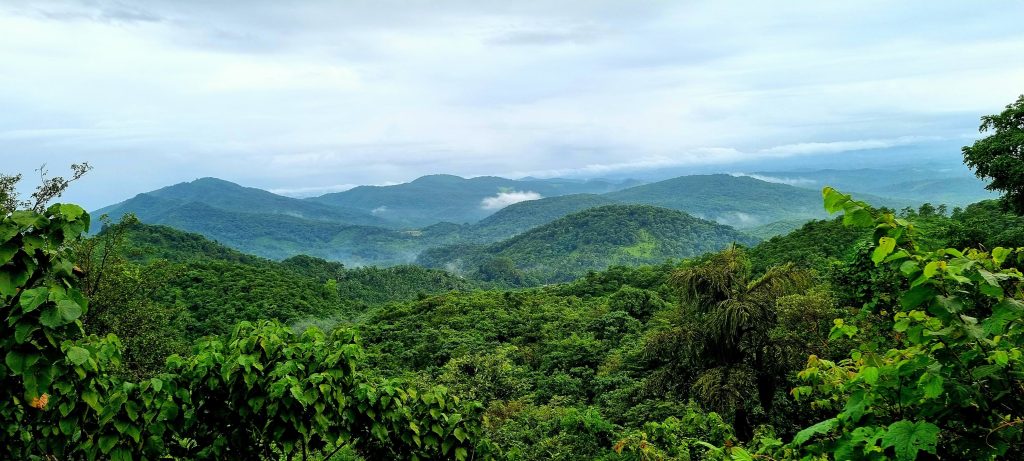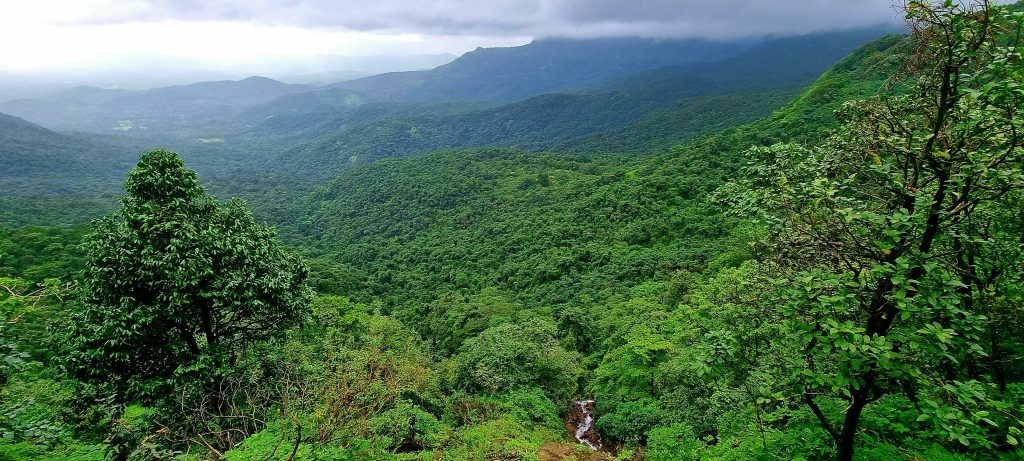Conservation reserves go a long-way in reducing human-wildlife conflict, while at the same time providing greater habitat integrity for animals, thus increasing the size of landscapes available to them. A report by Deepanwita Gita Niyogi

India’s tiger conservation plan — launched in 1973 under Project Tiger — has been a success. The current tiger count stands at 3682. In 2018, it was 2967. To achieve this, forest dwellers were relocated. Even now, villages are on the relocation radar. Experts feel relocation is the best way to minimise human-tiger conflict.
But with increasing tiger numbers, the animals are venturing beyond protected areas. As a result, human-wildlife conflict is rising, along with the threat of tiger poaching.
“In the national scenario, every third tiger is found outside protected areas. For instance, in Tadoba, there are more tigers outside the buffer zone,” a forest officer said on the condition of anonymity.
To address the issue of tiger dispersal outside protected areas, the provision of creating conservation reserves serves as a great middle ground. Many forest areas are now being used by dispersing tigers besides the designated tiger reserves across India. But it is not always easy to convert these areas into national parks, especially because of the restrictions on communities, which come into play.
In such cases, the provision of creating conservation reserves is ideal, as forests get the protective cover of the Wildlife Protection Act, 1972, especially against diversion, and the rights of people over the use of natural resources are also not compromised.

Communities are also directly involved in the conservation of the flora and fauna of such reserves. It definitely goes a long way in reducing human-tiger conflict while providing greater habitat integrity for tigers as well as other animals, thus increasing the size of landscapes available to them.
“Conservation reserves are important in not only addressing conflict, but they are vital from the point of view of conservation too. Many of these are located around protected areas or in corridors linking two protected areas. So, animals spilling out of protected areas can thrive in these places and not stray into human settlements,” conservation policy expert Raza Kazmi said.
Conservation reserves as satellite habitats
Conservation reserves are a new category of protected areas, in addition to national parks and wildlife sanctuaries where the land is usually owned by the government. Conservation reserves allow more areas to be brought under some degree of protection against developmental and mining threats.
According to Jayant Kulkarni of the Pune-based Wildlife Research and Conservation Society, a non-profit, much depends on the location of the conservation reserve. Generally, it is an additional protected area which is created to protect small habitats where a sanctuary, national park and tiger reserve is not possible. “These are termed satellite habitats to provide habitat for wildlife, in addition to tiger reserves or sanctuaries. If a conservation reserve is created in a corridor, it will certainly help in tiger dispersal,” he said.
An officer from Uttarakhand cited the instance of the Pawalgarh conservation reserve. There is also a famous Jim Corbett story, The Bachelor of Powalgarh. “In all, there are four types of protected areas: national parks, wildlife sanctuaries, conservation reserves and community reserves. Tiger reserves are more of a status under the National Tiger Conservation Authority,” he said.
Generally, areas which have government ownership are made into conservation reserves, but there is a management committee represented by communities.
Pawalgarh is part of the Ramnagar forest division in Nainital district of Uttarakhand. An important area rich in biodiversity, there are approximately 45 tigers in Ramnagar which is more than the number of tigers in many tiger reserves of the country. “There is high conflict in Ramnagar as Corbett has become saturated and tigers are increasing in Ramnagar,” the officer added.
Wildlife researcher Shiladitya Acharjee pointed out that besides mitigating human-wildlife conflict and creating habitats for animals, conservation reserves are also important for long-term ecological sustainability.
Acharjee, who has worked in the Buxa tiger reserve of West Bengal, said the government needs to be more proactive in the creation of conservation reserves. India has 115 conservation reserves, according to the National Wildlife Database Centre of the Wildlife Institute of India.
Involvement of communities
Apart from conservation reserves, there are community reserves too. In Meghalaya, these have been approved and notified by the government.
“In many of these community reserves, the local people carry out developmental work as part of conservation. In some community reserves, there is an issue of water scarcity. So, the forest department is helping people to conserve water. Under a small project, there is an effort to develop ponds for fisheries. Some of these reserves are in the interior. There are also sacred groves,” said forest officer of Meghalaya, Rimse K Sangma, also the director of Balpakram National Park.
In Balpakram, rich in ecological wealth, there is a communication issue and the terrain is also different from that of other national parks of India. It is close to the Bangladesh border. There are 220 community reserves in India, of which Meghalaya has the highest with 74.











